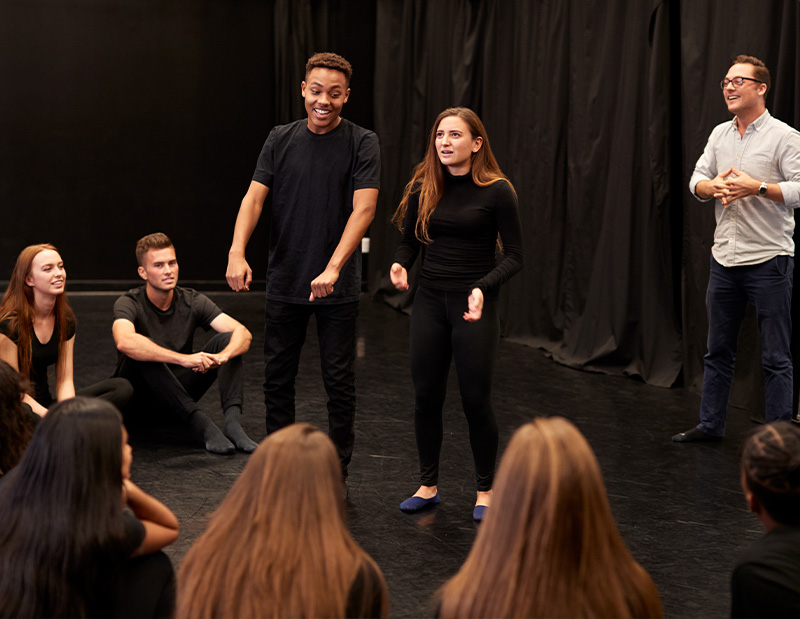Sir Laurence Olivier was an actor of the old school. His young costar in the film Marathon Man, Dustin Hoffman, was a Method actor who had studied with Lee Strasberg. Hoffman’s character underwent sleep deprivation over the course of the film’s plot, and so Hoffman stayed up for days so he could truly experience what that would be like for the mind and body. Olivier reportedly asked him, “My dear boy, why don’t you try acting? It’s so much easier.” The story could very well be an urban legend, but it illustrates the divide between actors who trained in the classical school, for whom a performance was a very technical thing, versus actors who trained in one of the many offshoots of Method acting. Since the 1980s, there’s also been a new middle ground that blends some classical acting techniques with some techniques from Method acting.
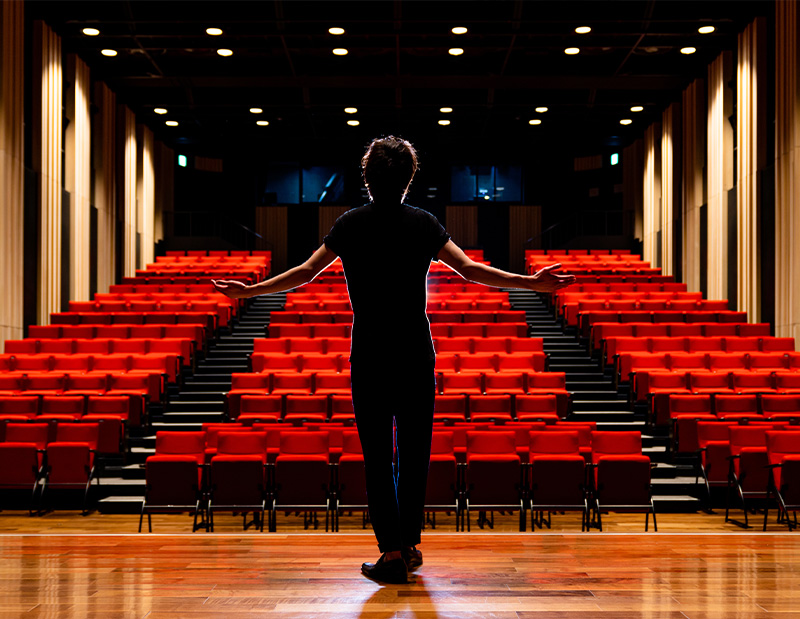
Method Acting
The Moscow Art Theatre pioneered Method acting and brought the technique to the United States during a tour held in the early 1920s. Some members of the theater settled in America and worked with Stella Adler and Lee Strasberg, who both would go on to found Method acting schools.
There were some differences between Strasberg’s and Adler’s interpretations of Method acting. Strasberg’s Method relied on the actor using emotional memories from their own life to inform their acting. Actors like Dustin Hoffman, Steve Buscemi, and Angelina Jolie all studied with Strasberg. Adler’s interpretation called on the actors to imagine what they would feel if they were in the situation their character was facing. Robert DeNiro and Marlon Brando studied with Adler. Other famous actors who have mentioned using her theories include Salma Hayek and Mark Ruffalo.
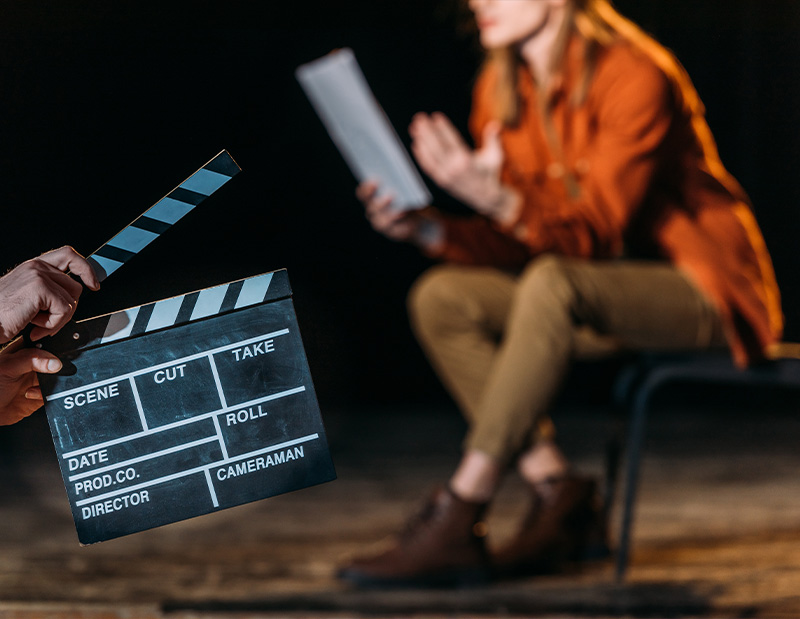
Stanislavski’s Method
The Russian actor Konstantin Stanislavski is credited with developing the basis of what would eventually be known as Method acting. Unlike the traditional systems of acting used to train actors for the stage, it required actors to develop their character’s internal life in order to truly understand their motivations and emotional responses. Actors on stage and screen around the globe still use the methods Stanislavksi developed back in 19th-century Russia.
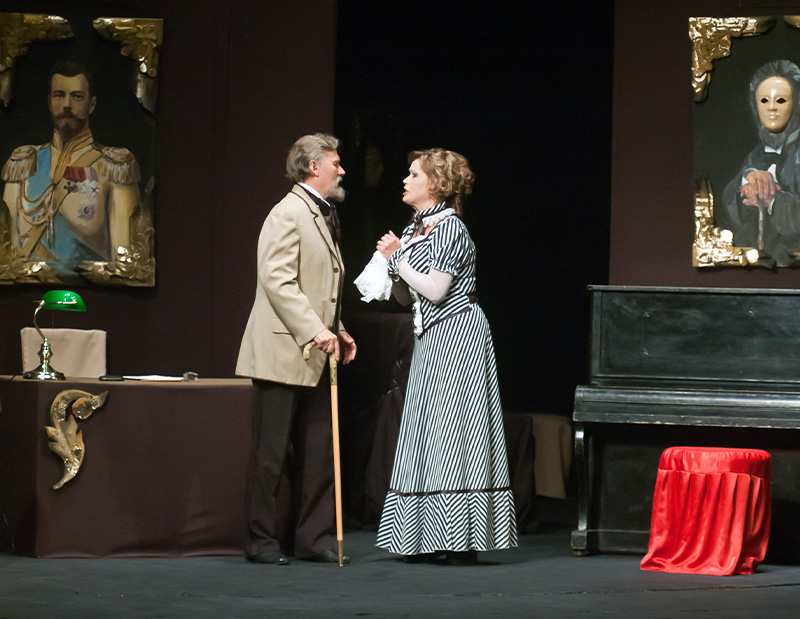
The Chekhov Technique
The Chekhov technique is a variation on Method acting. Named for Michael Chekhov, it requires actors to really live the circumstances their character is in. There are different ways to understand the character’s emotional truth. For example, Robert DeNiro, who studied with both Adler and Chekhov, spent weeks driving a taxi while preparing for his role in Taxi Driver and credits that experience with his ability to ad lib some of the most famous lines in the movie, including “You talkin’ to me?”
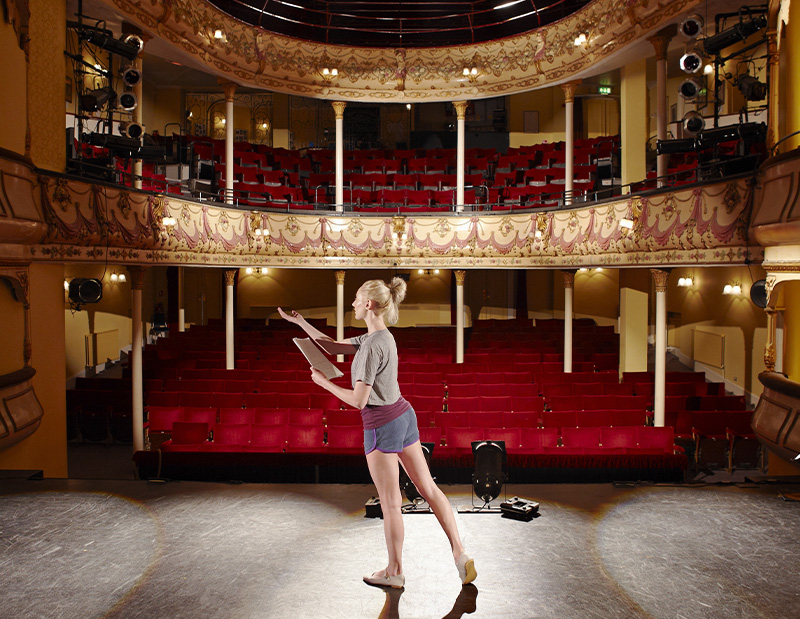
The Meisner Technique
The Meisner technique was developed by an American named Sanford Meisner. Unlike with other famous acting techniques, actors using the Meisner technique focus less on their own internal process and more on the other actors. Some exercises used when training actors in the Meisner technique require them to repeat the same words so that the actors learn to listen to their costars’ emotions as much as the lines of dialogue they are speaking. Like many other acting techniques, it’s derived from the work of Stanislavski.
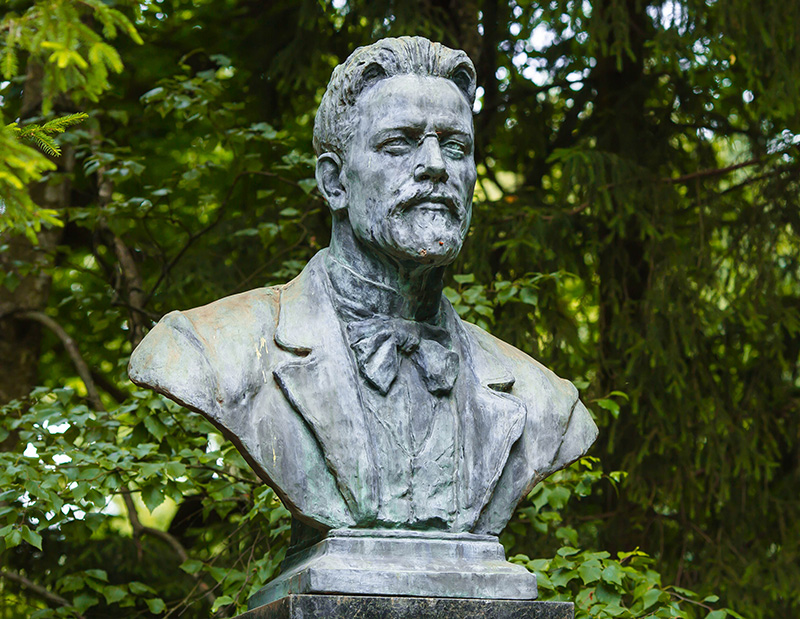
Practical Aesthetics
Playwright David Mamet and actor William H. Macy worked together to develop the four-step aesthetic method. This method is designed to help the actor understand the character’s wants, needs, and desires. The method starts with the actor determining the basics of the scene. Then, the actor determines what the character’s motivation is in the scene. The actor is looking for the essential action, which is how the character reacts to the information they have about the scene. According to Macy, acting is very simple. It requires the actor to memorize their lines, understand the basic context of a scene, know how to hit the correct marks, and deliver a realistic performance for their character. Delivering a true-to-life performance often means using emotional responses from things that have occurred in the actor’s life to couch the dialogue in realistic terms. Basing the character on their emotional truth helps make the character real for audiences.
